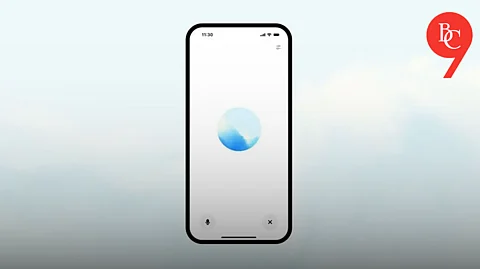

ChatGPT and other AI chatbots have revolutionized how we seek information, brainstorm ideas, and solve problems. But if you’ve ever felt that your results were generic, off-target, or just not as helpful as you’d hoped, you’re not alone. The secret to unlocking ChatGPT’s full potential isn’t just in what you ask; but how you approach the conversation. Here are five easy mindset shifts that can dramatically improve your ChatGPT experience and help you get smarter, more relevant answers every time.
Instead of treating ChatGPT as a vending machine for answers, approach it as a creative partner. Great results come from an interactive, iterative process—just like working with a colleague. Share your goals, ask follow-up questions, and don’t hesitate to clarify or redirect. The more you engage, the more tailored and insightful the responses will be.
Example:
Instead of “Write me a business plan,” try “Let’s develop a business plan together. Here’s my idea; what should we consider first?”
ChatGPT thrives on context. The more details you provide, the better the output. Specify your audience, tone, format, or any constraints. Vague prompts often lead to generic answers, while clear instructions yield results that are on point.
Example:
Instead of “Tell me about marketing,” try “Explain digital marketing strategies for small restaurants in a friendly, actionable way.”
Don’t expect the perfect answer on the first try. Use ChatGPT as a brainstorming partner: review the initial response, then ask for refinements, alternatives, or deeper dives. Each round brings you closer to what you really need.
Example:
“Can you make this summary more concise?”
“Now, can you add a call-to-action at the end?”
If you want clarity, ask ChatGPT to organize its response or provide examples. This helps break down complex topics and makes information easier to digest and apply.
Example:
“Give me a bullet-point list of pros and cons.”
“Can you provide a real-world example of this concept?”
AI is a powerful tool for discovery. Use it to explore new perspectives, challenge your assumptions, and learn something unexpected. Don’t just seek confirmation; invite ChatGPT to suggest alternatives or highlight potential pitfalls.
Example:
“What are some common mistakes people make with this approach?”
“Can you suggest a completely different solution?”
If a response misses the mark, let ChatGPT know! Feedback like “That’s not what I meant; can you try again with X in mind?” helps the AI adapt and improve its answers.
